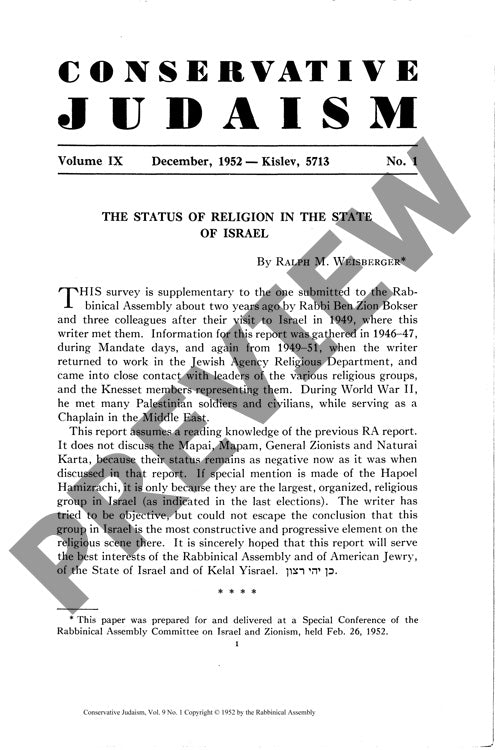The Status of Religion in the State of I
Couldn't load pickup availability
In Israel's formative years (1946-1951), religious and secular forces engaged in an intricate dance of cooperation and conflict that would shape the nation's spiritual identity. Drawing on unprecedented access through the Jewish Agency Religious Department, this research reveals a society where religious genius flourished—evident in public prayer services and faith-integrated broadcasting—while deep tensions threatened to undermine the delicate balance between tradition and modernity.
Through participant observation, interviews with religious leaders and Knesset members, and analysis of religious practices across Israeli communities, the research documents both remarkable achievements and troubling disparities. The Hapoel Hamizrachi (Religious-Labor Zionists) emerged as a pioneering force, successfully bridging ancient Jewish practices with modern state-building imperatives. However, systematic discrimination in resource allocation, public representation, and media coverage undermined religious communities' contributions to Israel's defense and development.
The findings point to a fundamental crisis in Jewish religious life: youth secularization accelerates while bonds between Israeli and diaspora communities weaken. Religious settlements receive markedly less support than their secular counterparts, yet face disproportionate criticism for individual transgressions. This research concludes that without active support from American Jewish communities for Israeli religious institutions, the Jewish state risks losing its position as a center of Jewish spiritual life—a transformation that could fundamentally alter its character and mission.

More Information
-
Physical Description
-
Publication Information
Published 1952
ISBN
-
Publication Credits
Ralph Weisberger

